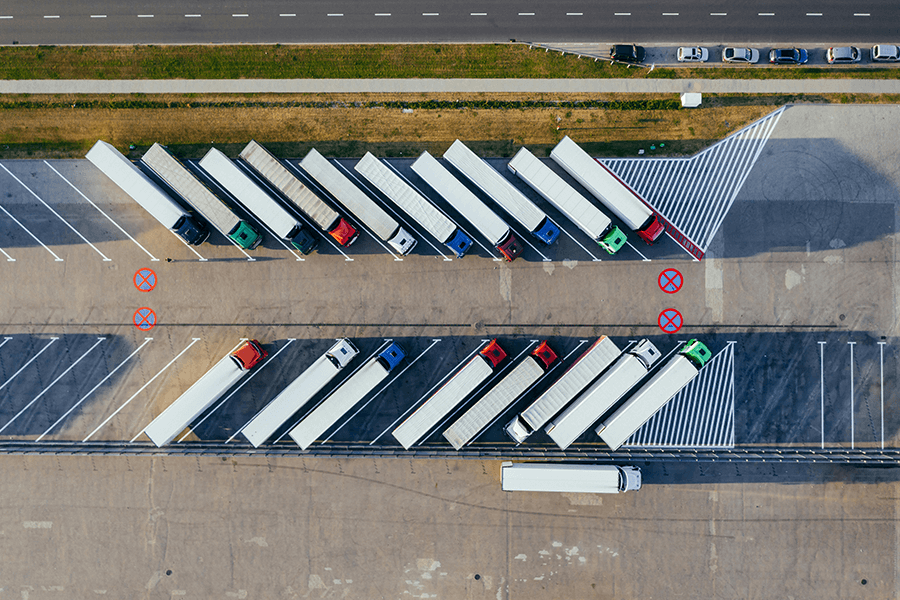Related Resources
Global shipping is the lifeblood of international trade. Every day, millions of containers move across ports worldwide, carrying goods that sustain economies and supply chains. Yet ports remain under pressure. Congestion, unpredictable weather, rising energy costs, and increasingly complex logistics make it harder to ensure smooth, efficient operations.
Artificial Intelligence (AI) and predictive analytics are now transforming ports into smart, connected hubs. By harnessing real-time data and advanced models, ports can anticipate disruptions, optimize resources, and improve sustainability. The result is faster turnaround times, reduced costs, and a stronger role in global supply chains.
Why Ports Need Predictive Analytics
Traditional port operations rely heavily on static schedules and human judgment. While expertise remains vital, unpredictable variables often cause delays. Weather changes, equipment breakdowns, and fluctuating cargo volumes can cascade into significant disruptions.
Predictive analytics addresses these challenges by:
Forecasting demand: Using historical and real-time data to anticipate container volumes.
- Predicting bottlenecks: Identifying where congestion will occur before it happens.
- Optimizing maintenance: Scheduling equipment servicing based on usage patterns rather than fixed timelines.
- Enhancing workforce planning: Ensuring the right staff and resources are in place when and where they are needed.
By making the invisible visible, predictive analytics empowers port operators to act proactively instead of reactively.
AI in Action: From Quayside to Customs
AI applications in smart ports extend across the entire logistics chain:
- Berth allocation: Machine learning models recommend optimal docking schedules to minimize vessel wait times.
- Cargo handling: Computer vision systems track containers in real time, reducing errors and improving safety.
- Energy management: AI optimizes power usage for cranes, lighting, and cold storage facilities, lowering emissions and costs.
- Customs and security: Natural language processing and anomaly detection flag irregular shipments, expediting clearance while maintaining compliance.
These capabilities create a holistic transformation where efficiency and security reinforce each other.
Sustainability Through Smarter Operations
Ports are significant contributors to carbon emissions. AI helps reduce this footprint by optimizing energy consumption and minimizing idle vessel and truck time. Predictive analytics can also model environmental impacts of different operational scenarios, supporting greener decision-making and alignment with climate commitments.
Challenges to Overcome
Transforming ports with AI is not without hurdles. Many still rely on legacy systems that make data integration difficult. Stakeholders across shipping companies, customs agencies, and terminal operators must be aligned for solutions to succeed. Data security is also critical given the high-stakes nature of international trade.
How Bronson.AI Helps Build Smart Ports
At Bronson.AI, we partner with ports and logistics organizations to design and implement AI strategies that deliver measurable impact. Our services include:
- Data integration and infrastructure design to connect siloed systems into unified platforms.
- Custom predictive models for demand forecasting, maintenance, and logistics optimization.
- AI-enabled dashboards that provide real-time visibility and actionable insights.
- Change management and training to ensure adoption across all stakeholders.
By combining domain knowledge with AI expertise, Bronson.AI enables ports to navigate digital transformation securely and effectively.
The Future of Shipping Is Predictive
As global trade grows more complex, smart ports will be essential to sustaining efficiency and resilience. AI and predictive analytics unlock the ability to anticipate challenges, optimize resources, and build greener, smarter operations.
Ports that embrace this shift will not only move goods faster and cheaper. They will shape the future of global shipping.





